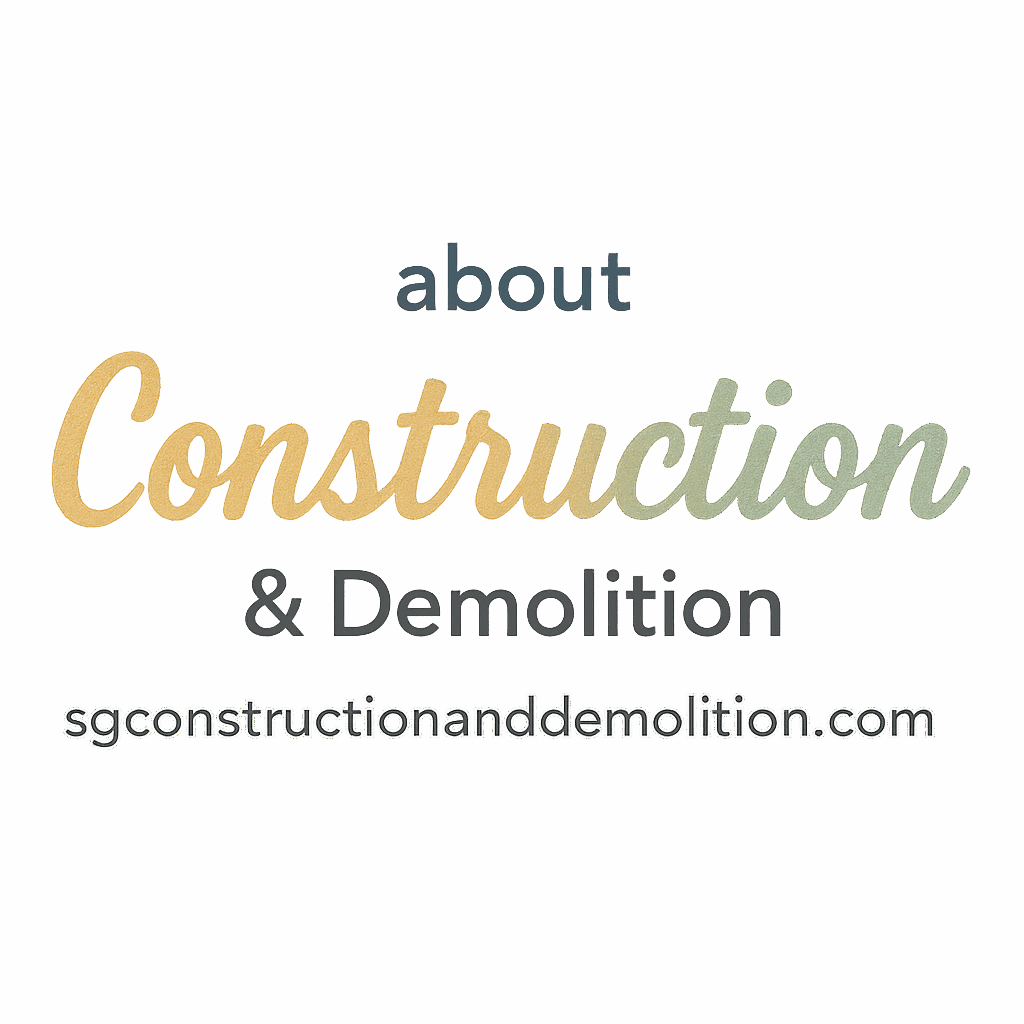Introduction: Why Blueprints Matter
Ever stared at a construction blueprint and felt like you were reading an alien language? Don’t worry—you’re not alone. Blueprints are the lifeblood of any construction project. They communicate everything from the size of a wall to the location of electrical outlets.
If you’re involved in construction, even if you’re just starting out, learning how to understand a blueprint is essential. It’s not just a drawing; it’s a set of instructions that every worker on-site follows. And when misread? Let’s just say mistakes can be costly—and dangerous.
So, let’s break it all down. Here’s your step-by-step guide to demystify those lines, symbols, and codes with five essential steps to understand a construction blueprint.
Step 1: Learn the Basic Blueprint Symbols
Before you can run, you have to walk—and when it comes to blueprints, that means understanding the symbols.
Common Symbols You’ll See
Construction blueprints use standardized symbols to represent everything from doors and windows to electrical outlets and plumbing fixtures. These include:
- Squares or rectangles: Usually represent structural elements.
- Arrows: Can indicate direction or airflow.
- Dashed lines: Often used to show elements above or below the viewing plane (like ceiling beams).
Want to learn more? Check out the Construction Basics page for a full breakdown.
Understanding Lines, Abbreviations, and Legends
Blueprints are like treasure maps. To decode them, you need to understand:
- Line types: Solid lines for visible edges, dashed for hidden.
- Abbreviations: Like “WD” for window or “CL” for centerline.
- Legends: Most blueprints include a key or legend to help you decode symbols used throughout.
Once you get a grip on this, the rest becomes easier.
Step 2: Understand the Scale and Measurements
If you’re reading a blueprint without understanding scale, it’s like looking at a photo without knowing the distance.
Why Scale Matters in Construction
Blueprints are scaled-down versions of real-world structures. A single inch on paper might represent several feet in real life. Common scales include:
- 1/4” = 1’ (Residential)
- 1/8” = 1’ (Commercial)
- Metric scales: Often used outside the U.S.
Reading Dimensions Like a Pro
Dimensions are typically given in feet and inches, and they’re placed directly on the drawings. Look for:
- Exterior wall lengths
- Room sizes
- Door and window placements
Tip: Always double-check the scale legend before measuring anything off a blueprint.
Step 3: Read Floor Plans, Elevations, and Sections
Blueprints are made up of different types of drawings. Each one gives you a unique perspective.
Decoding Floor Plans
The floor plan is your bird’s eye view of the building. It shows the layout of:
- Rooms
- Walls
- Doors and windows
- Fixtures and appliances
Floor plans are typically labeled by floor—like “First Floor Plan” or “Roof Plan.”
What Are Elevations and Why Are They Important?
Elevations are flat representations of the building’s exterior. They show you:
- Window heights
- Exterior finishes
- Roof slopes
Knowing how to read an elevation drawing helps visualize what the final structure will look like from the outside.
Sections: A Vertical Peek Inside
Section drawings cut through the structure to show hidden details—like insulation layers or floor structures. This helps in understanding:
- Wall compositions
- Ceiling heights
- Foundation depths
Sections provide the vertical clarity that floor plans can’t.

Step 4: Get Familiar with Structural and MEP Plans
Blueprints are more than floor layouts—they also show how the building stands and how it operates.
Structural Blueprints: The Building’s Skeleton
These show the framework of the building—beams, columns, foundations. Look out for:
- Steel reinforcements
- Concrete slabs
- Load-bearing walls
Need more structural knowledge? Visit the Demolition Techniques section to see how structures are taken apart to understand how they’re built.
MEP Blueprints: The Nerves and Veins of a Building
MEP stands for Mechanical, Electrical, and Plumbing. These blueprints reveal:
- HVAC duct routes
- Electrical wiring paths
- Water supply and waste lines
Understanding these can help avoid clashes during the build. For tools that help read MEPs, check out our Tools & Equipment guide.
Step 5: Cross-Referencing and Reviewing Details
Here’s where many beginners get tripped up—failing to cross-reference drawings and notes.
Understanding Cross-Referencing Codes
Blueprints are full of references like “See Detail 5/A2.” This means:
- Detail 5 is a zoomed-in view
- A2 refers to the sheet it’s on
Following these references connects the dots between general and detailed drawings.
Reviewing Notes, Schedules, and Revisions
Always read:
- General notes: Instructions from the architect or engineer
- Schedules: Lists of doors, windows, finishes, and more
- Revisions: Changes made after the first version
Reading these ensures you’re working with the latest, most accurate info.
Common Mistakes When Reading Blueprints
Mistakes can cost time and money. Here are a few to avoid:
- Ignoring the scale and misjudging dimensions
- Overlooking MEP conflicts
- Missing revision clouds or notes
- Not understanding plan orientation
Need a refresher? Our Planning & Safety section covers how to prep before building begins.
Why Understanding Blueprints Improves On-Site Safety
Knowing how to read a blueprint helps prevent:
- Electrical hazards
- Structural misplacements
- Unsafe demolition practices
Informed workers are safer workers. It’s that simple.
How Blueprint Knowledge Helps in Project Management
Blueprint fluency:
- Speeds up decision-making
- Improves communication with contractors
- Reduces costly misunderstandings
Want to learn more about managing construction sites? Visit our Project Management tag.
Explore More: Tools, Trends, and Training Resources
To deepen your skills, explore:
Keep learning and leveling up your construction knowledge.
Conclusion: Turn Confusion into Clarity
Construction blueprints might seem like a puzzle at first, but with a little patience and practice, they start to make perfect sense. By following these five steps, you’re setting yourself up for fewer errors, safer builds, and smoother project execution.
So next time you’re handed a set of drawings, don’t panic—dive in. Understanding blueprints is your first real superpower on the job site.
FAQs
1. What is the most important part of a construction blueprint to understand first?
Start with the floor plan and the legend. They give context to everything else.
2. How can I practice reading construction blueprints?
Download sample plans online or join training at sites like SG Construction and Demolition.
3. Are construction blueprints the same for residential and commercial projects?
No, commercial blueprints tend to be more complex and may include additional structural and safety details.
4. Can I read blueprints without formal training?
Yes! While formal training helps, many resources are available for beginners—check out the Beginners tag.
5. What tools do professionals use to read blueprints?
Tools include scaling rulers, digital plan viewers, and construction management software.
6. How do I know if a blueprint has been updated?
Look for revision clouds and notes on the drawing’s title block.
7. Are there common myths about blueprints I should avoid?
Definitely—many people think they’re too technical to learn. Explore our Myths tag for more.


